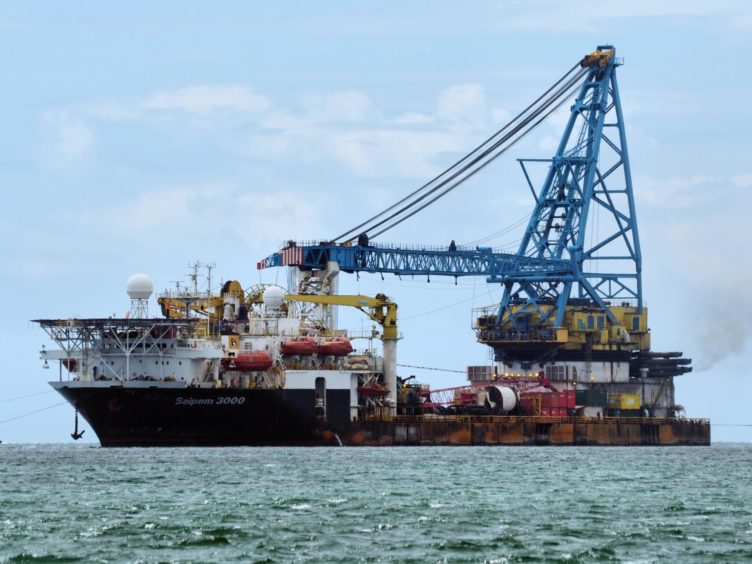
Just a few days ago Rystad Energy said the world was fast running out of heavy lift vessels capable of handling the accelerating boom in offshore windfarm investment and construction.
Thus far, there’s been enough capacity to cope with demand but the pendulum is swinging towards under-capacity.
Rystad said 32 vessels were capable of installing current generation turbines, with five more on order, plus 14 foundation vessels, with five more of those on order, too.
Basically there’s enough capacity to handle demand until 2025, then the problems start. It’s not just the growing number of projects anticipated, the turbines are getting a lot larger too.
Rystad reckons there is room for more and higher capacity vessels and that this could include other oil and gas heavy-lift conversions.
However, my concern is that as decommissioning of oil and gas fields accelerates, especially in the North Sea, that surely means the current fleet will be in heavy demand.
As things stand today, a number of heavy lift vessels serve both markets, like the old Maxita, now Saipem 3000, for example.
Ten or so years ago, who would have thought massive, cumbersome heavy lift semi-subs originally built for the oil and gas market would find useful employment installing wind turbines.
After all, using one of these is a bit like taking a sledgehammer to crack a nut.
Elsewhere in this edition of Energy Voice, on pages 6-7, is a review on the state of the drilling floater market – ships and semi-subs.
It reveals that a significant number of fairly modern units have been sent for scrapping due to a lack of work.
And more are bound to head for Turkey and Asia-Pacific beaches for butchering over the next few years.
That doesn’t even start to take account of ships still on order but not yet completed.
Indeed two of the vessels scrapped never even worked.
This march to the graveyard includes at least five super-drillships that are less than 10 years of age.
When I read the data released recently by analyst Westwood RigLogix, I immediately wondered whether anyone had considered converting one or more of these ships to handle wind farm construction.
They’re huge, but so too are the semi-sub crane barges like Saipem 7000, despite their now considerable age, certainly when compared to the drilling units being sold for buttons and chopped up for recycling through blast furnaces in places like India and China.
I can’t help but think that there’s a serious need for a bit of lateral thinking. These massively strong, highly manoeuvrable, adaptable machines just might turn out to be a marvellous investment.
Recommended for you
